Start on A Libyan Cultural Revolution
As part of a new, free and exciting expression Art movement in the new post-Revolution Libya, I got in touch with one key player who has been working hard to bring intelligent reading, writing and discussion culture to Libya.
Ibrahim Shebani, creator and Editor-in-Chief of The Libyan Magazine, speaks here about the challenges he faced to make his dream of an autonomous publication come true.
Ibrahim Shebani: “Originally, I was studying Architecture at university but dropped out two years before graduation; when the small advertising agency I had created with my brother and some friends kicked off. We became agents for some international clients including Proctor&Gamble, Nestle and Mango and it gave us some confidence. So for seven years, we did Media, Advertising, Marketing and events.
“But I also wanted to establish a simple lifestyle magazine. For three years, I tried but never got permission from the authorities, as all the media was state owned before the Revolution.
“Then February 16 came and I went to Benghazi to join the protests in the East and in four days the city was liberated. Foreign journalists immediately arrived and I volunteered to translate and fix for Jon Lee Anderson from The New Yorker magazine. I found out so much I didn’t know and got to really enjoy the research for stories, investigating and finding out the truth behind what were at times just rumor.
“I also visited the front lines on some days to translate and realized the need to introduce ourselves as locals to the many interested outsiders. Then in April, some new magazines and newspapers got published in Benghazi; and, although very simple, all of us felt so proud. The fact that I could read a newspaper not written by Gaddafi’s supporters and drink espresso in public brought tears to my eyes!
“In early May, my brother left Tripoli and also came to Benghazi. So I called my friends and presented to them the idea of a magazine. It was to be called ‘The Libyan’ to represent Libya and us to the rest of the world. The media blackout imposed on us by the regime had truly made us underestimate who we really are and what we are capable of achieving. That is why I wanted to put our country on the map and the people under the spot light.”
The first English issue covered some wonderful subjects that prior 2011, would have been an impossible feat in Libya or for Libyans full stop: Diaries of Abu-Salim Massacre, The Libyan Women Freedom Fighters, The Youth of Libya – This is How We Want It, Hip-Hop Culture for Libyans and even Tripoli Gossip Girl column!
Shebani today has the help, support and input of a 40-strong volunteer group that includes bilingual journalist, photographers and designers working from one office in Tripoli and one in Benghazi. The Libyan is now monthly in Arabic and less often in English with 40 pages each issue. Its Arabic print is 4000 and the English 2000 with much wider circulation.
The goal is to target young professionals and graduates with a wide range of interests; and the English version is to help assimilate and include returning foreigners. Shebani is after the vital and very large 18-35 years demographic group and to engage “all other dynamic and evolving Libyan men and women who are concerned about the political and social scene in their country.”
When I asked him about future plans for this wonderful brainchild: “We hope to grow bigger and stronger, reach other cities within Libya and even the world one day. But we will carry on as we began: independent, credible, unbiased and impartial to all political parties and individuals. We want to represent the voice of all Libyans, regardless of their gender, religion or ethnic background.”
The Libyan can be purchased in newsagents in Tripoli and Benghazi.
Nahla’s Post Script:
One true measure of liberty is the right to uninhibited intellectual and creative expression as well as the ability to share and exchange ideas in the public domain without fear of censure or reprisals. It is a cultivated society’s hobby to be able to address political, economic, philosophic and societal issues out in the open and debate without risk of attack or threat to one’s personal safety.
In Libya, the gruesome physical fight against the old dictatorial regime has been won and processes are under way to enshrine people’s legal rights under a new constitution and for free elections. But are the Libyans now ready to also step up and take the chance to shed some of their ultra-conservative traditions and create a cultural revolution in parallel to the political?
For Gaddafi’s Libya banned free expression and the Arts in particular suffered. The security state made it impossible for people to read or write, debate, play theatre or do anything else that seemed to threaten the status quo of what effectively became a dead cultural society unable to breath in fresh ideas. The Libyans unconsciously turned inwards and got used to being silent and uninformed on many subjects.
But already some months post-Revolution, there is hope. New magazines and newspapers are being produced, printed and distributed without political agendas in Tripoli and Benghazi. They are springing up all over the country and most are independent, though some politically funded. One can only wish them the very best in this noble quest.
Note: This article was first published circa February 2012

